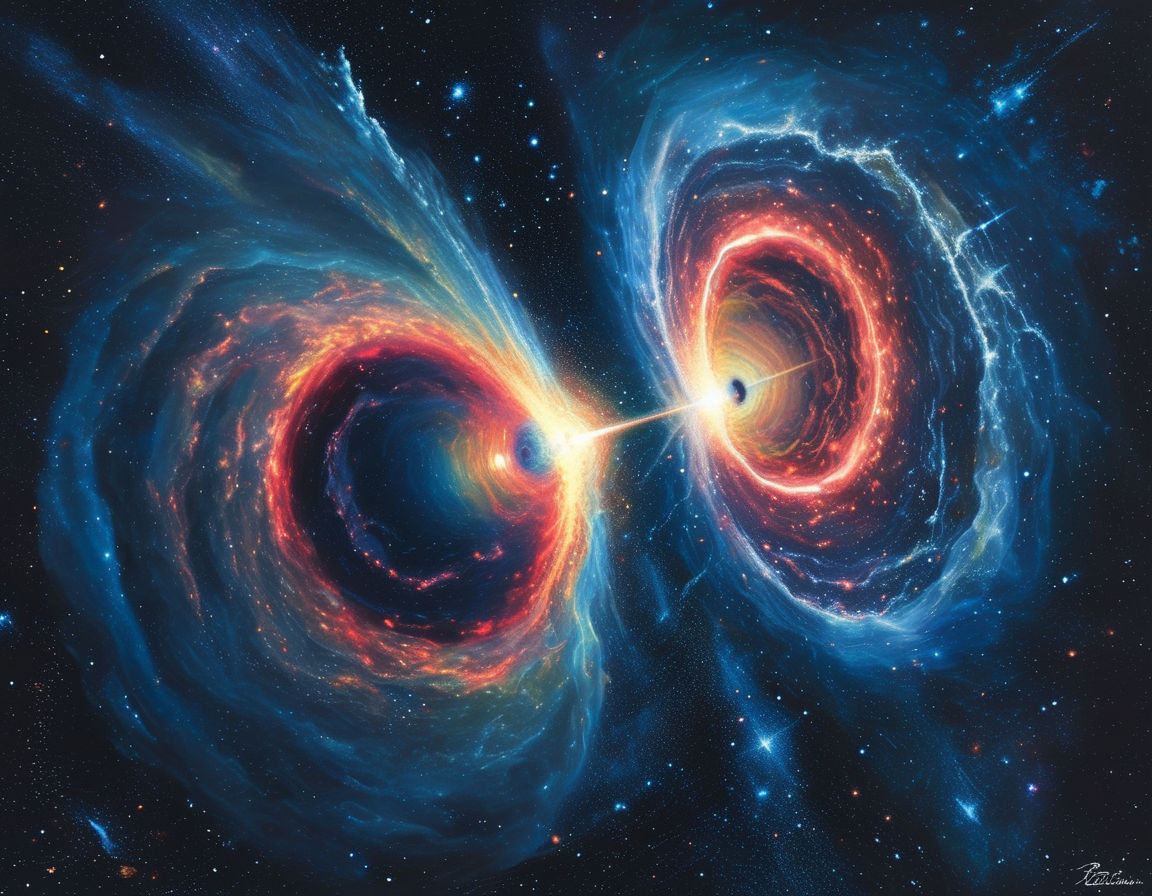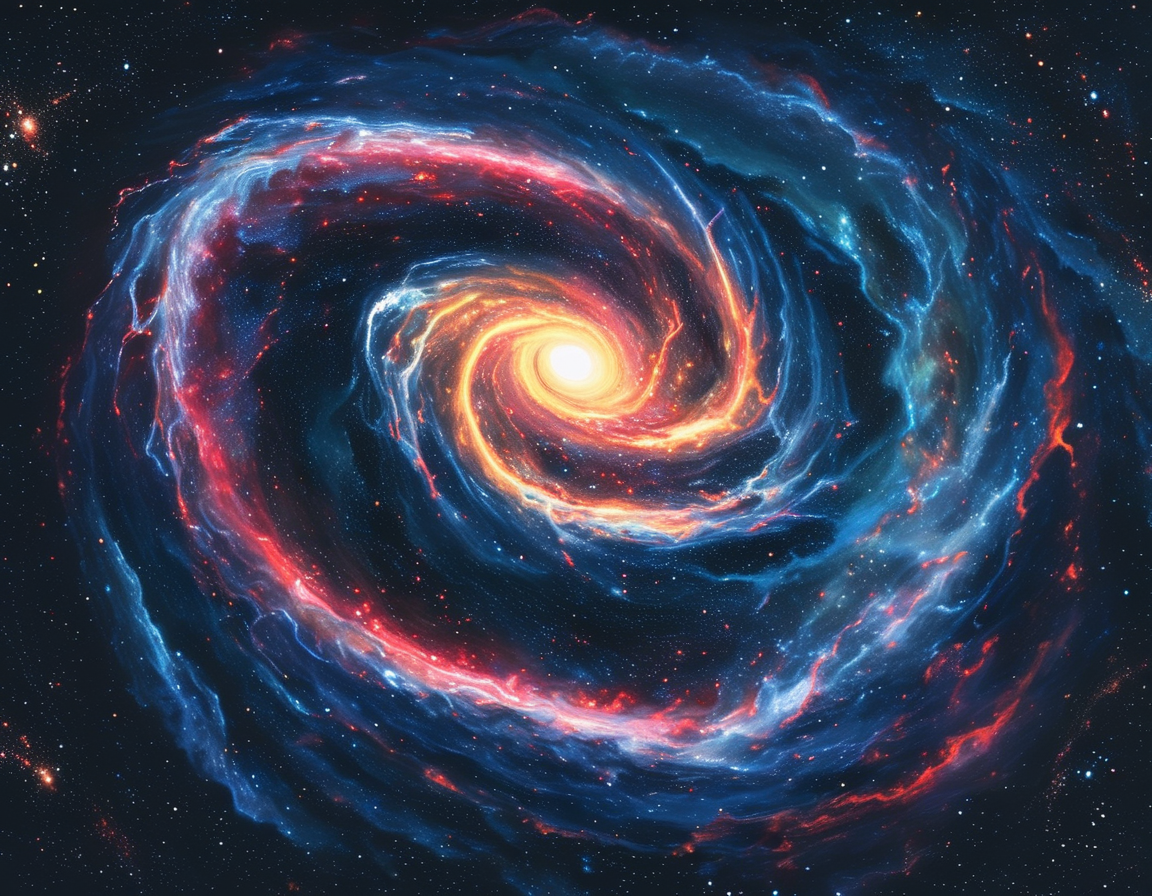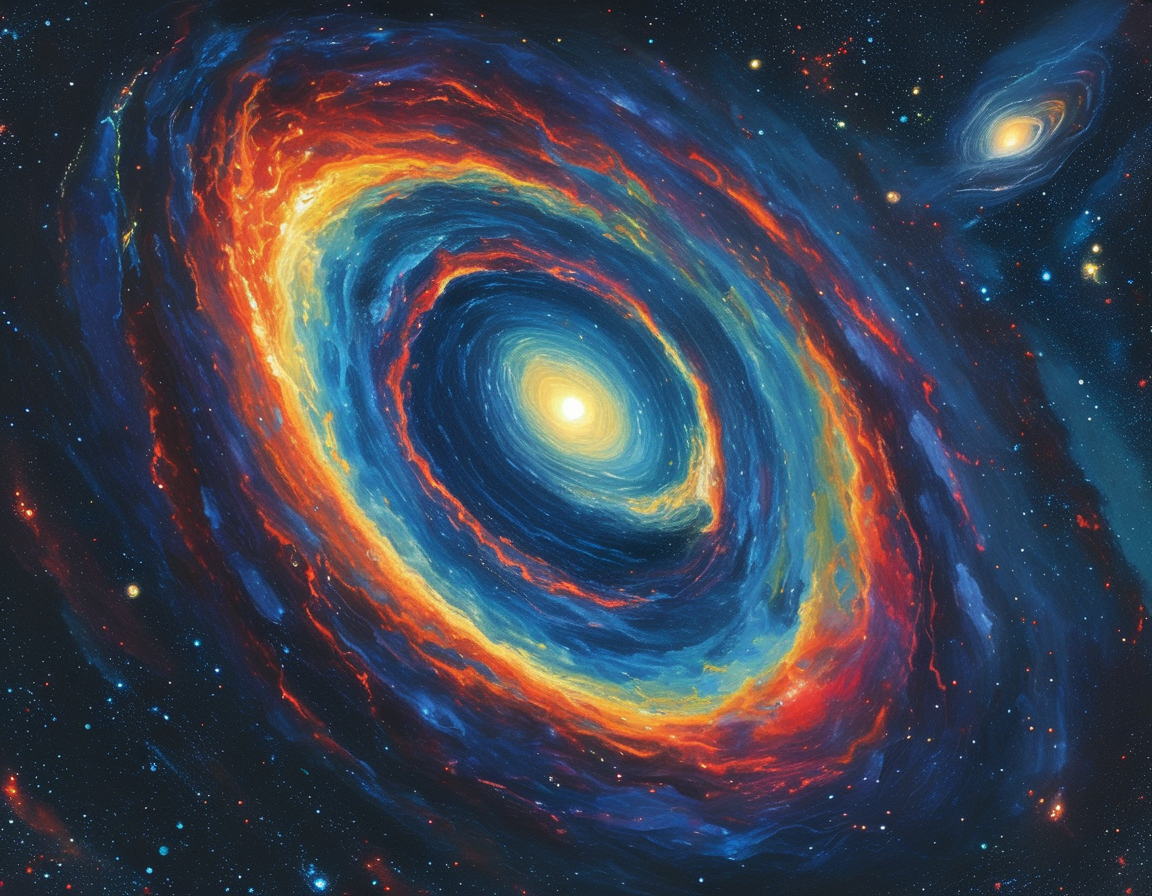Astrophysicists are celebrating a monumental discovery. A binary star system has been found near the Milky Way’s supermassive black hole, Sagittarius A*. This revelation confirms a nearly century-old hypothesis. It surprisingly stems from a serendipitous observation by engineer Karl Jansky in the 1930s.

In his quest to explore radio waves, Jansky stumbled upon the blaring signals from this enigmatic region of space. Yet, no one could decipher what it was for decades. It wasn’t until the 1990s that detailed observations of stars orbiting the bright emission were first made. Now, nearly a century later, science has revealed that these stars exist in pairs.
Florian Peissker, a researcher at the University of Cologne, emphasized the importance of this finding. He noted that the binary system is crucial for deepening our understanding of the Milky Way’s evolution. How remarkable is it that a discovery hinged on accident now paints a clearer picture of our galaxy’s formation?

Yet, consider this: what if the determinant force in our cosmic neighborhood is a chaotic dance of gravitational pulls? The S-cluster, where this binary system resides, thrives in gravitational turmoil. This high-energy environment influences star formation, and evolution mirrors a dramatic play.
Using the European Southern Observatory’s Very Large Telescope, Peissker’s team finally detected the binary system within the S-cluster. They suspect that this pair will merge soon. It might be tomorrow or a million years. Astrophysically, that’s a blink of an eye.

Imagine observing the fiery collision of two stars. That’s the future awaiting Sagittarius A*. Peissker believes that when this merger occurs, it will transform into a single, more massive star. The anticipation is palpable. It’s as if the cosmos holds its breath, waiting for the next act to unfold.
The implications of this discovery reach far beyond the confines of our galaxy. They offer insights into stellar dynamics in other galaxies, like Andromeda, which lurks 2.5 million light-years away. Could this newfound knowledge aid in unraveling the mysteries of star formation elsewhere as we explore the vast universe?
Each piece of this astronomical puzzle reveals more connections than previously imagined. Peissker’s research is not just a tale of stars, but a pathway to understanding how black holes shape stellar evolution. As we peer closer, we realize the universe is an intricate tapestry, woven from these cosmic interactions.
These findings herald a new chapter in astrophysics. They bring us closer to unraveling the mysteries of the universe. Can you picture the stars we can’t yet see? The potential for new discoveries is immense, igniting curiosity in future generations. Let’s remain excited about what lies in the darkness beyond.
In short, this binary star system may change how we interpret our galactic residence. It’s a reminder of the wonders lurking beyond. Each stellar discovery may just be the key to unlocking greater mysteries. Who knows what might be next? Perhaps we’ll uncover a world teeming with life, waiting beyond the embrace of a black hole.




